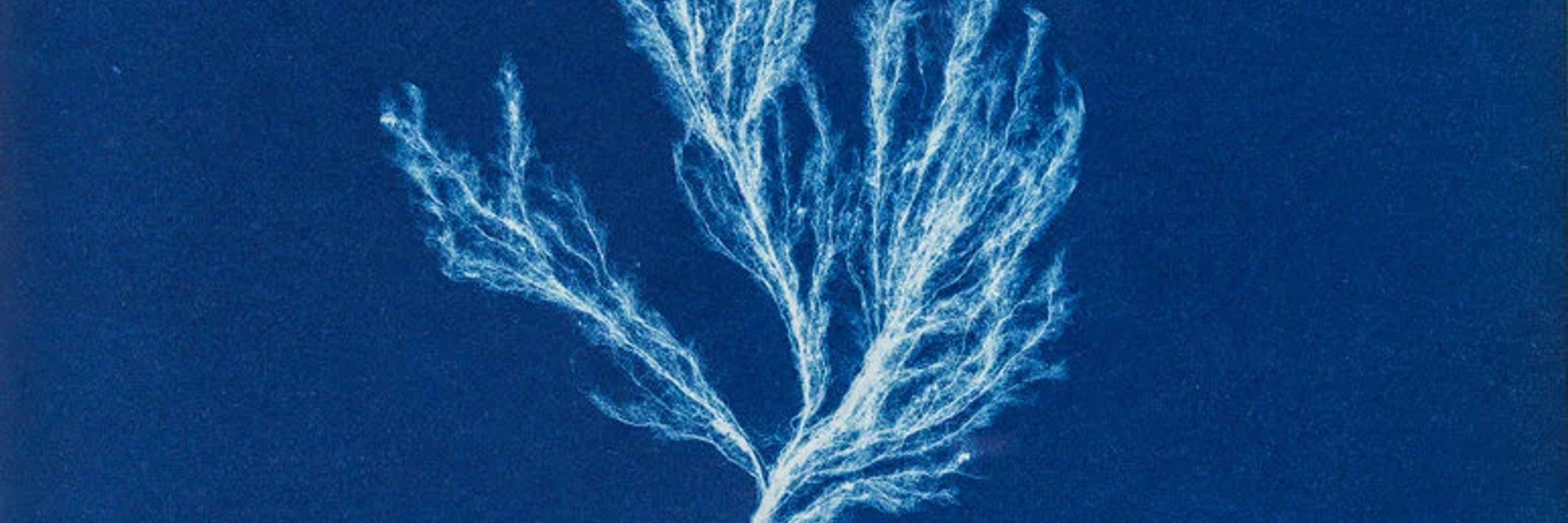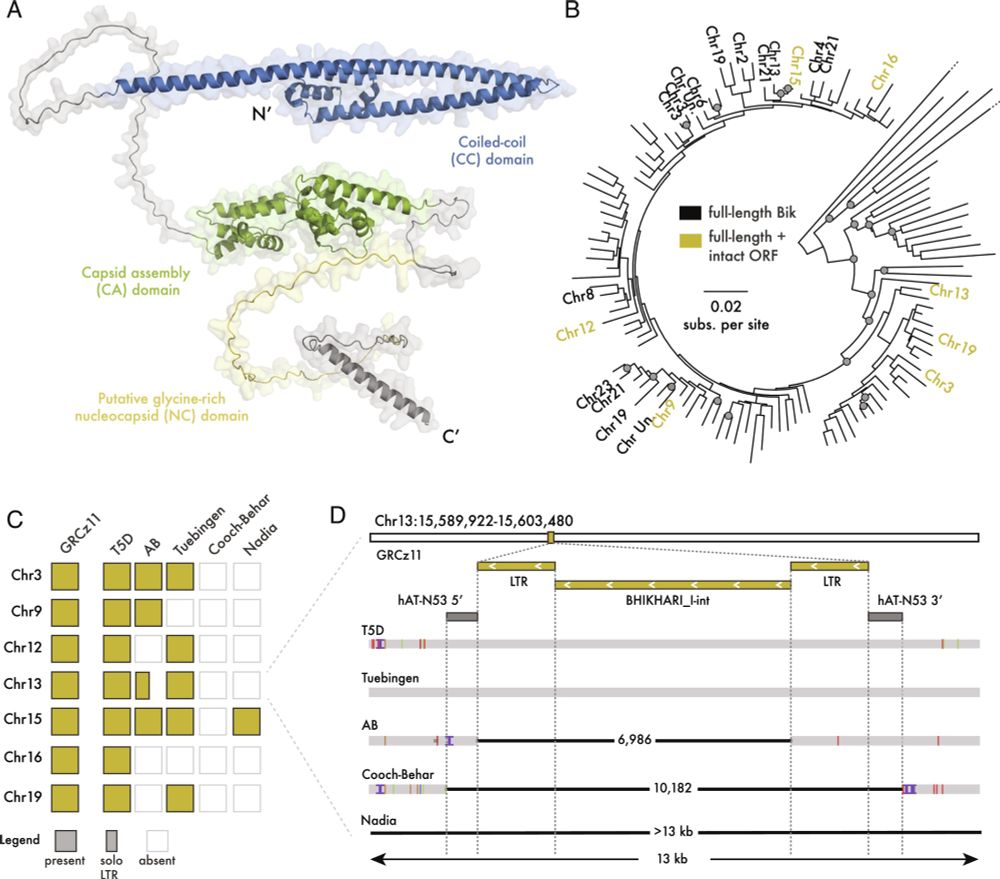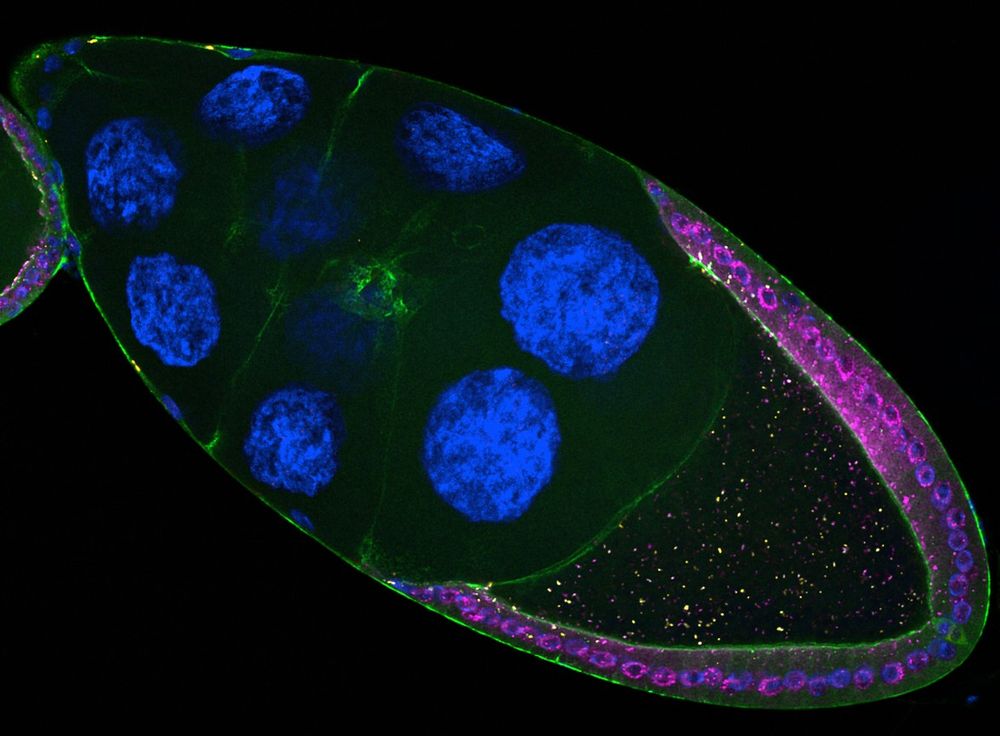Erica Dinatale
@ericadinatale.bsky.social
140 followers
160 following
14 posts
Doctoral researcher @mpi-bio-fml.bsky.social and curious human being
De-coding brown algae 🍙
Posts
Media
Videos
Starter Packs
Reposted by Erica Dinatale
Reposted by Erica Dinatale
Reposted by Erica Dinatale
Reposted by Erica Dinatale
Reposted by Erica Dinatale
Erica Dinatale
@ericadinatale.bsky.social
· Aug 21
Reposted by Erica Dinatale
Yi-Jyun Luo
@yjluo.bsky.social
· Aug 18

Conservation of bilaterian genome structure is the exception, not the rule - Genome Biology
Species from diverse animal lineages have conserved groups of orthologous genes together on the same chromosome for over half a billion years since the last common ancestor of bilaterians. Although no...
doi.org
Erica Dinatale
@ericadinatale.bsky.social
· Aug 19
Reposted by Erica Dinatale
Reposted by Erica Dinatale
Reposted by Erica Dinatale
Reposted by Erica Dinatale












